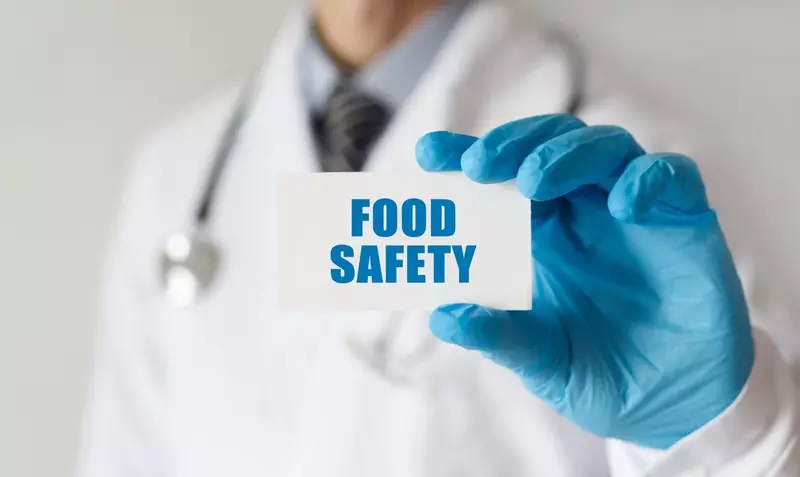Anyone involved in the food and beverage industry knows that there are seemingly endless rules and regulations around manufacturing, processing, transport, and sales.
With so many things to keep in check, having a GMP guide to walk you through the current good manufacturing processes with clarity is vital.
Adhering to FDA regulations is a requirement so getting it right is essential. Read on for a quick guide you’ll use again and again.
Table of Contents
What Is GMP?
GMP or cGMP stands for the current good manufacturing process regulations as they are set out by the FDA.
They are useful for ensuring quality control and safe methods are implemented at every point for food, beverages, and pharmaceuticals.
They play a key role in developing and implementing these products. If you would like a detailed insight into the specifics of GMPs, there is a great introduction to GMPs but we will focus on the ways to adhere to GMP standards for your business.
The Ultimate GMP Guide
Whether your business is concerned with food production, dietary supplements, or global food safety, you need to get familiar with GMP.
Now, simply using the best resources and machinery to refine and produce your products will put you in great standing, but what is or isn’t the best product is always a hot topic. So how do you ensure your products comply?
Breaking down GMP measures is simpler than you may think. We look at five main points to follow.
1. Research
Taking the time to make sure you know and understand the cGMP guidance that is relevant to your industry is the first step.
You should also spend time researching any transportation or exportation laws to start working in line with these regulations.
2. Planning
Start planning and recording the processes you will undertake and how your business will operate. What policies and procedures will you implement to ensure regular and consistent work across your business?
Understand how you will operate with schedules, records, and logistics. Carry out risk assessments in order to recognize potential hazards and obstacles.
3. Implementation
Once you have conducted the research and planned out your efforts, it is time to start implementing it.
Provide any necessary training to staff and communicate these plans across your business to ensure there are no knowledge gaps where mistakes may occur.
4. Review
Regularly review the processes which you have created to see they are working. Make a plan to regularly analyze records and reports to ensure the processes are being followed.
If anything is not working as anticipated, adjust it.
5. Verification
At this stage, things should be operating smoothly so you can carry on business as usual and move forward with confidence. This will be reflected if you ever require inspections as you will have records and reports actively kept and up to date.
Get to Work
If you ever need to refresh on the best way to follow the established regulations, return to this GMP Guide and go through it as a checklist.
The actions are simple but require diligent efforts and consistent reviews so don’t let it slide.
For more great articles on business and technology, visit the homepage.

